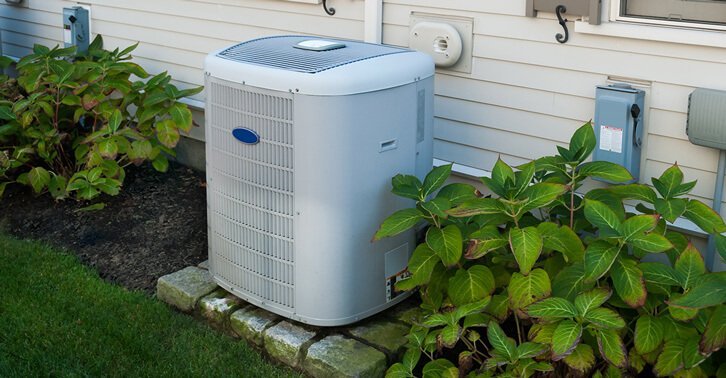The warmer months are quickly approaching and that calls for thorough cleaning of air ducts and vents that act as a conduit for the air you breathe in the house.
Numerous foreign bodies such as dirt, dander, dust, hair, and even bugs are typically trapped in the air ducts and vents leading to poor air quality in the home.

All these foreign particles are well-known allergens that may cause health problems to people particularly those that suffer from allergies.
Large amounts of dust and dirt can be found suspended in the air or lying on surfaces which calls for regular cleaning of air ducts to avoid continuous accumulation.
Are you aware that an average family produces more than forty pounds of dust annually? It doesn’t matter how diligent or how many times you clean your home, fine particulates will spread quickly between rooms and can be found on all manner of surfaces including tables, floors, and even on toys.
Having clean air ducts in your home will stop the spread of dust and dirt all over different rooms.
When you clean your air ducts, you will immediately reap the benefits of better air quality within the home. cleaning will remove dirt, mold, other allergens, and foreign materials.
Both dirt and dust are spread faster within the home by dirty ducts. Indoor air pollution is considered a major risk to public health by the Environmental Protection Agency.
How can you identify the vents installed in your home? Vent installation can follow varying designs and the unique configurations of duct systems for specific HVAC equipment including the attic and underground systems.
For example, there are return vents as well as supply vents and are named according to the functions they serve.
An easy way of distinguishing between these vents is by using paper tissue. The paper tissue will stick on a return vent since it is sucking the air out of the room.
The paper tissue is usually blown away from supply vents pumping out conditioned air. However, cleaning duct systems follows the same principle irrespective of the specific duct being a return or supply vent.
Start off by cleaning the easily accessible parts of the duct system before looking for specialized equipment to clean further.
Read Also:
If you plan on cleaning the duct system in your home, you may not need to seek the services of an HVAC cleaning service.
Air duct cleaning can be completed quite easily since it will demand just a small amount of time and energy.
Clover Services recommends having the following tools and equipment ready at hand before you start to clean your air duct system.
Using the power drill/screwdriver, unscrew the screws holding air duct covers in place to gain access into your duct system.
Make sure that all supply vents that distribute the conditioned air to different rooms are covered up.
Ideally, you should cover all vents except those being cleaned to prevent dust and dirt from blowing in and out when cleaning other ducts elsewhere in the house.
Take a paper towel and position it underneath the vent cover to prevent dirt and dust from spreading in the home.
Avoid screwing back the vent cover since you will soon be coming back to clean the duct.
Go to the thermostat and set it to “Fan On” to remove the dust you have to loosen from the interior of the duct.
Make sure that the heat or cool function is off when running the fan. Older HVAC equipment with older thermostats may not have the fan-only mode, instead, run the heat-only mode.
By lightly tapping on the outside of the duct using a brush, dislodge dust coating the interior of the duct system.
Sweep out all the dirt to clean the supply registers. Next, use the vacuum cleaner to suck out the dust and dirt being blown out now that the fan is running.
After completing this step, use a damp microfiber cloth to wipe down the interior of the duct. Rinse the cloth repeatedly to completely get rid of dust and other gunk.
Switch off the fan at the thermostat and power off the furnace at the breaker panel.
Open the front panel of the furnace to clean out the blower compartment. The vacuum is best suited for cleaning up dust and dirt in the blower compartment.
Both the blower compartment and return boot accumulate a lot of dirt and dust from all components of the furnace.
Install the new furnace filter by first removing the old HVAC filter that has trapped large amounts of particulate matter that limits airflow, overworks the blower motor, and compromises air quality. Change the filter regularly – at least once every month.